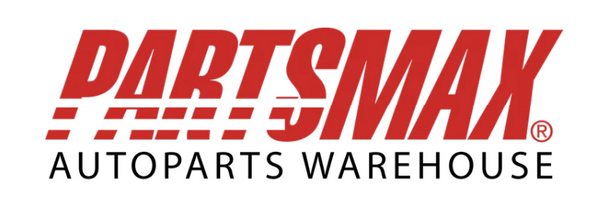Setting up a home auto workshop requires careful planning and strategic investment in tools and equipment. Whether you're a DIY enthusiast or a professional mechanic looking to expand, creating the right workspace can save thousands in repair costs while providing a safe environment for vehicle maintenance and modifications.
Essential Workshop Space Planning
The foundation of an effective home auto workshop starts with proper space utilization. Your workspace needs to accommodate both current projects and future expansion plans.
Minimum Space Requirements
- Single-car workspace: 12' x 20' minimum
- Two-car workspace: 20' x 24' recommended
- Ceiling height: 10' minimum for lift installation
- Door width: 9' minimum for modern vehicles
- Additional storage space: 100 square feet recommended
Layout Optimization
Creating an efficient workflow requires strategic placement of:
- Vehicle service area
- Tool storage systems
- Parts organization
- Workbenches
- Safety equipment
Basic Infrastructure Requirements
Electrical Systems
A properly equipped home auto workshop needs reliable electrical service:
- 220V service for welding equipment
- Multiple 110V outlets every 4 feet
- Dedicated circuits for major equipment
- GFCI protection for all outlets
- Overhead retractable power reels
- LED shop lighting (minimum 4000 lumens)
Flooring Considerations
Select appropriate flooring based on your needs:
- Sealed concrete with epoxy coating
- Anti-fatigue mat sections
- Chemical-resistant surfaces
- Proper drainage slope
- Non-slip texture
Essential Tools and Equipment
Hand Tools Starter Kit
Every home auto workshop needs these basics:
- Complete socket set (1/4", 3/8", 1/2" drive)
- Combination wrench set (8mm-22mm)
- Screwdriver set (Phillips and flathead)
- Plier set (including channel locks)
- Torque wrench
- Breaker bars
- Allen key sets
Power Tools Investment
Quality power tools increase efficiency:
- Impact wrench (cordless recommended)
- Drill/driver combo
- Angle grinder
- Air compressor (minimum 60 gallon)
- Battery charger/jump pack
- Shop vacuum
- Parts washer
Vehicle Support Equipment
Lifting Solutions
Based on budget and space:
Entry Level:
- Floor jack (3-ton minimum)
- Jack stands (2 pairs)
- Wheel ramps
- Creeper
Professional Setup:
- Two-post lift (9,000 lb capacity)
- Transmission jack
- Engine hoist
- Heavy-duty jack stands

Storage Solutions
Tool Organization
Implement systematic storage:
- Rolling tool chest
- Wall-mounted pegboard system
- Magnetic tool holders
- Socket organizers
- Specialty tool cabinet
- Parts bins
Parts Management
Organize components effectively:
- Labeled storage bins
- Parts shelving units
- Project-specific containers
- Fluid storage cabinet
- Hardware organizers
Safety Equipment and Considerations
Personal Protection
Essential safety gear includes:
- Safety glasses/face shields
- Work gloves (multiple types)
- Respiratory protection
- Steel-toe boots
- Fire-resistant clothing
- First aid kit
- Eye wash station
Fire and Chemical Safety
- ABC fire extinguisher
- Chemical spill kit
- MSDS documentation
- Proper ventilation system
- Chemical storage cabinet
- Emergency procedures posted
Environmental Control
Climate Management
Maintain comfortable working conditions:
- Heating system for winter work
- Ventilation fans
- Air conditioning (optional)
- Humidity control
- Air filtration system
Noise Control
- Insulated walls
- Weather stripping
- Sound-dampening materials
- Equipment isolation pads
Technology Integration
Diagnostic Equipment
Modern workshops require:
- OBD-II scanner
- Multimeter
- Battery tester
- Pressure gauges
- Laptop/tablet for repair information
- WiFi connectivity
Documentation System
- Digital service records
- Parts inventory tracking
- Project documentation
- Repair manual subscription
- Technical database access
Budget Considerations
Essential Investments
Prioritize spending on:
- Safety equipment ($500-1,000)
- Basic hand tools ($1,000-2,000)
- Floor jack and stands ($300-500)
- Diagnostic tools ($500-1,000)
- Storage solutions ($500-1,500)
Upgrade Path
Plan future investments:
- Vehicle lift ($2,500-4,000)
- Air compressor system ($800-1,500)
- Welding equipment ($500-2,000)
- Specialty tools as needed
- Advanced diagnostic equipment
Ready to upgrade your vehicle?
Shop our extensive inventory of quality aftermarket auto parts online or visit our Miami warehouse at 3401 NW 73rd ST, where our expert staff is ready to help you find the perfect parts for your needs.
Call us at (305) 691-1313 or browse our online catalog today

